1967 Lamborghini Miura
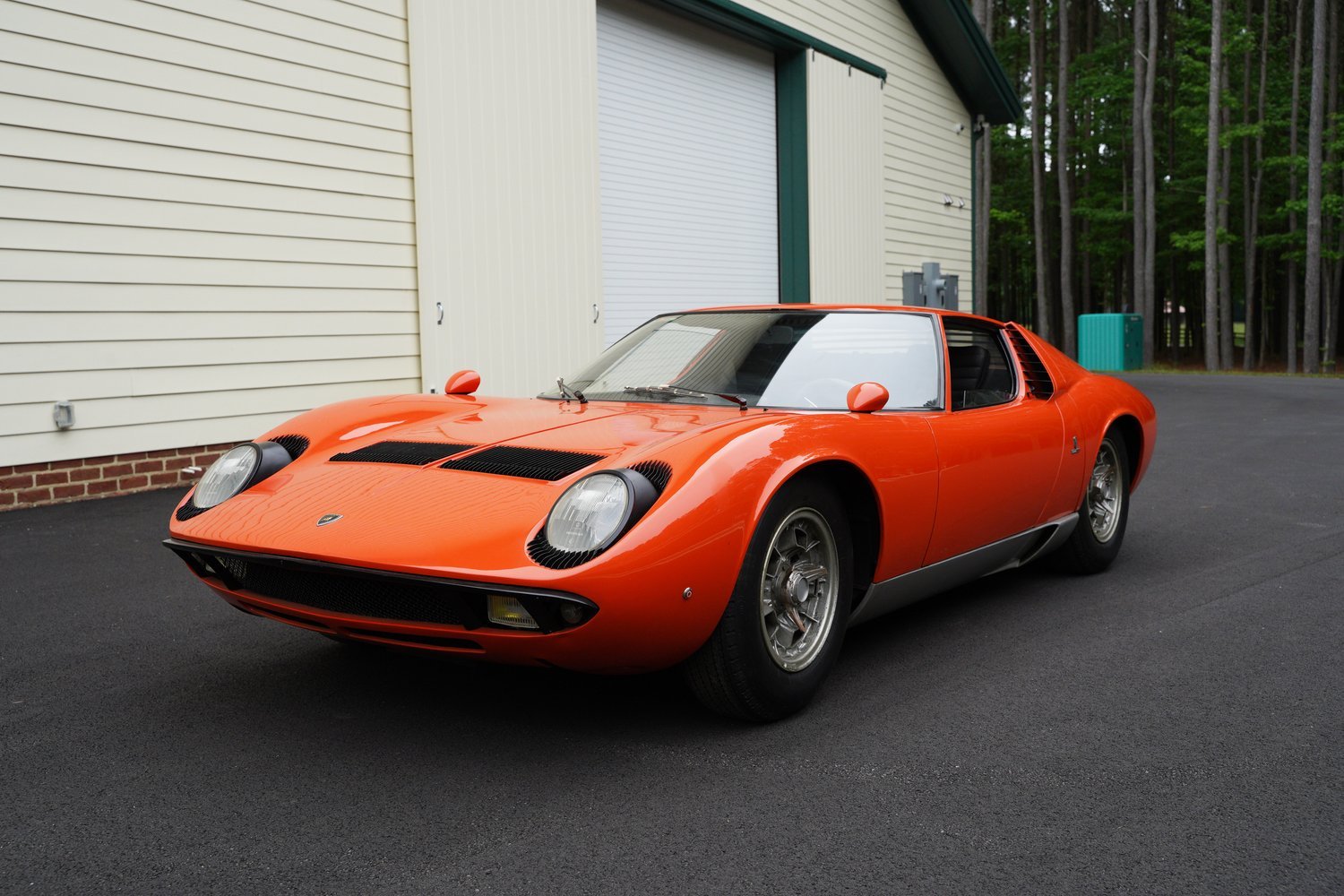
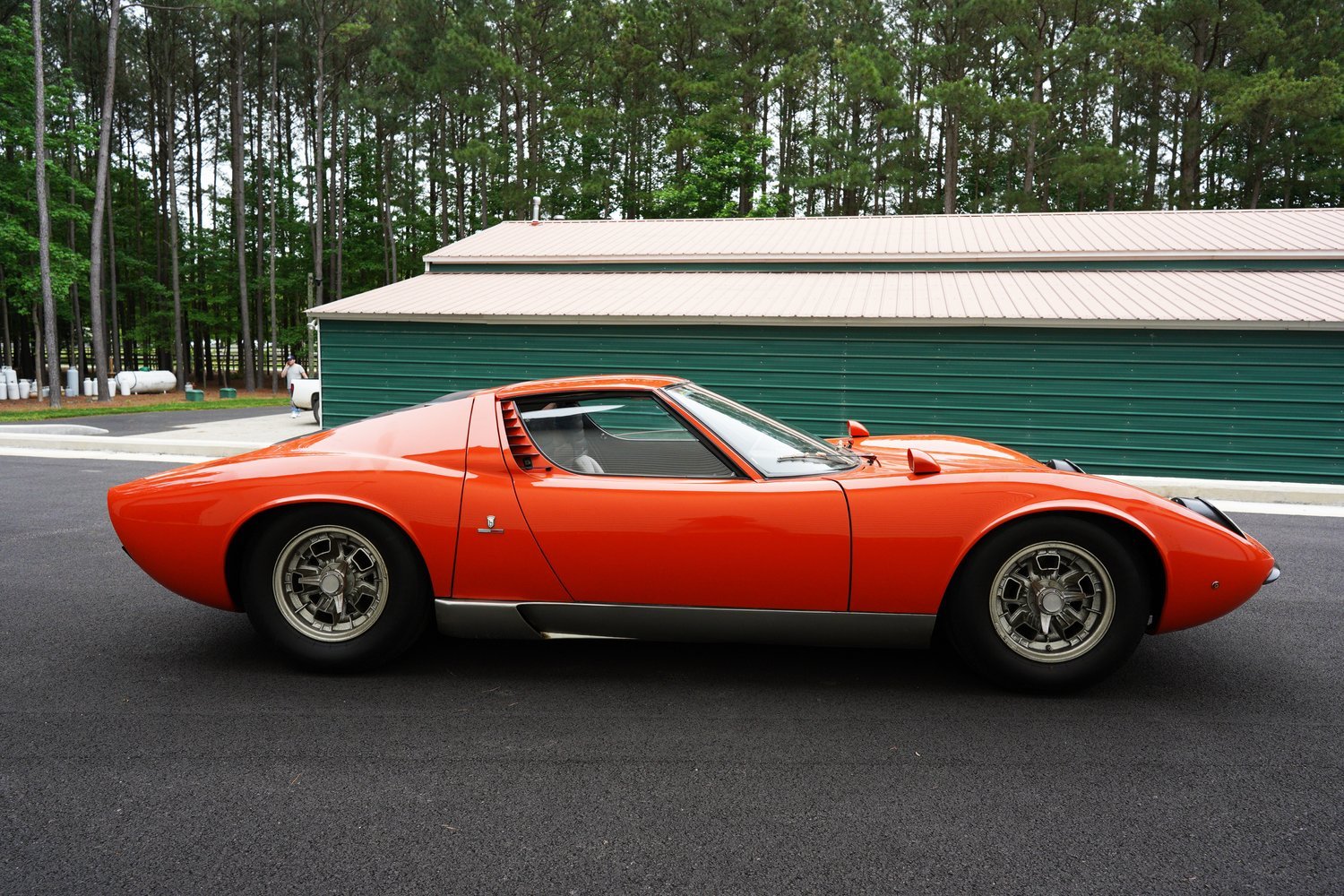
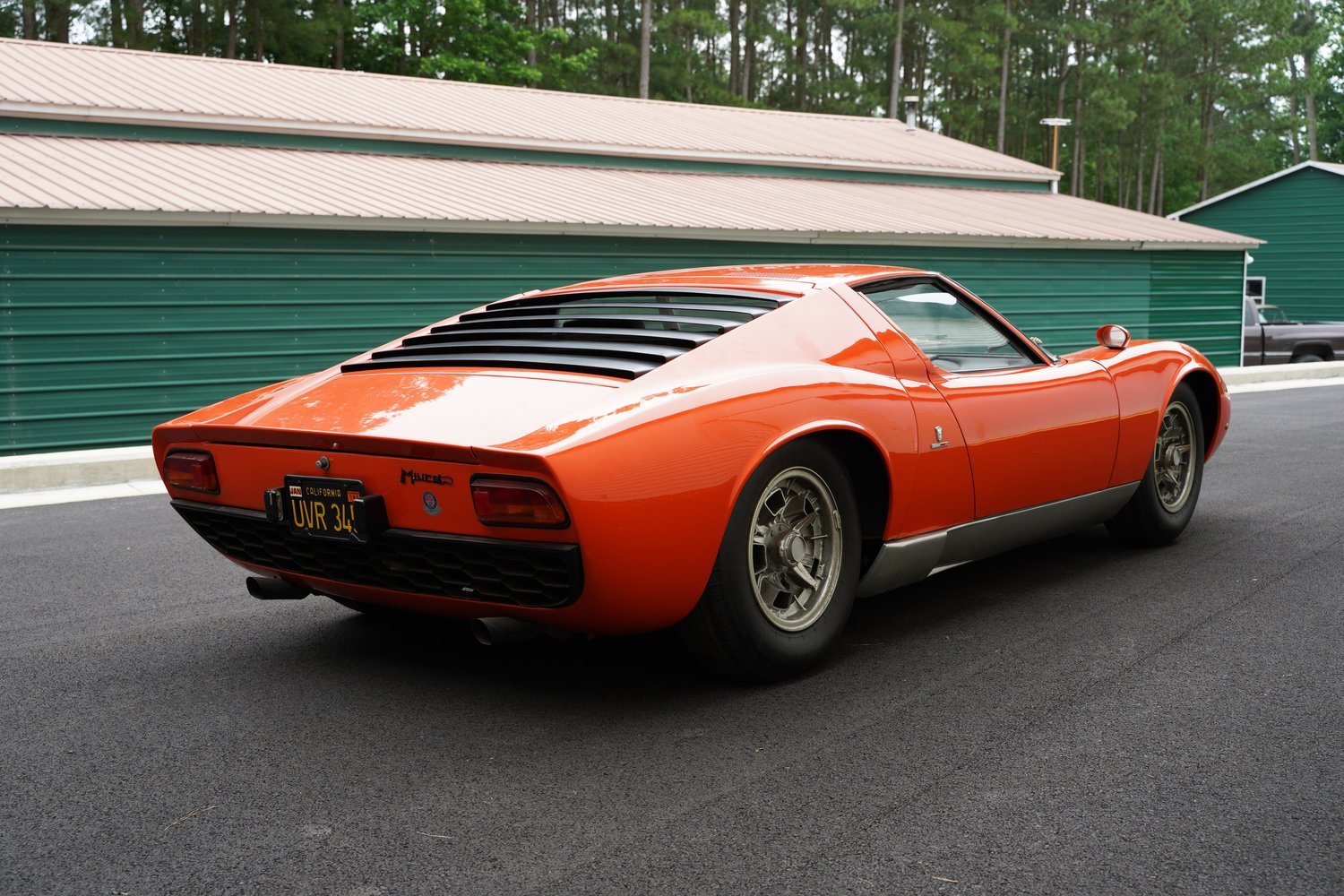
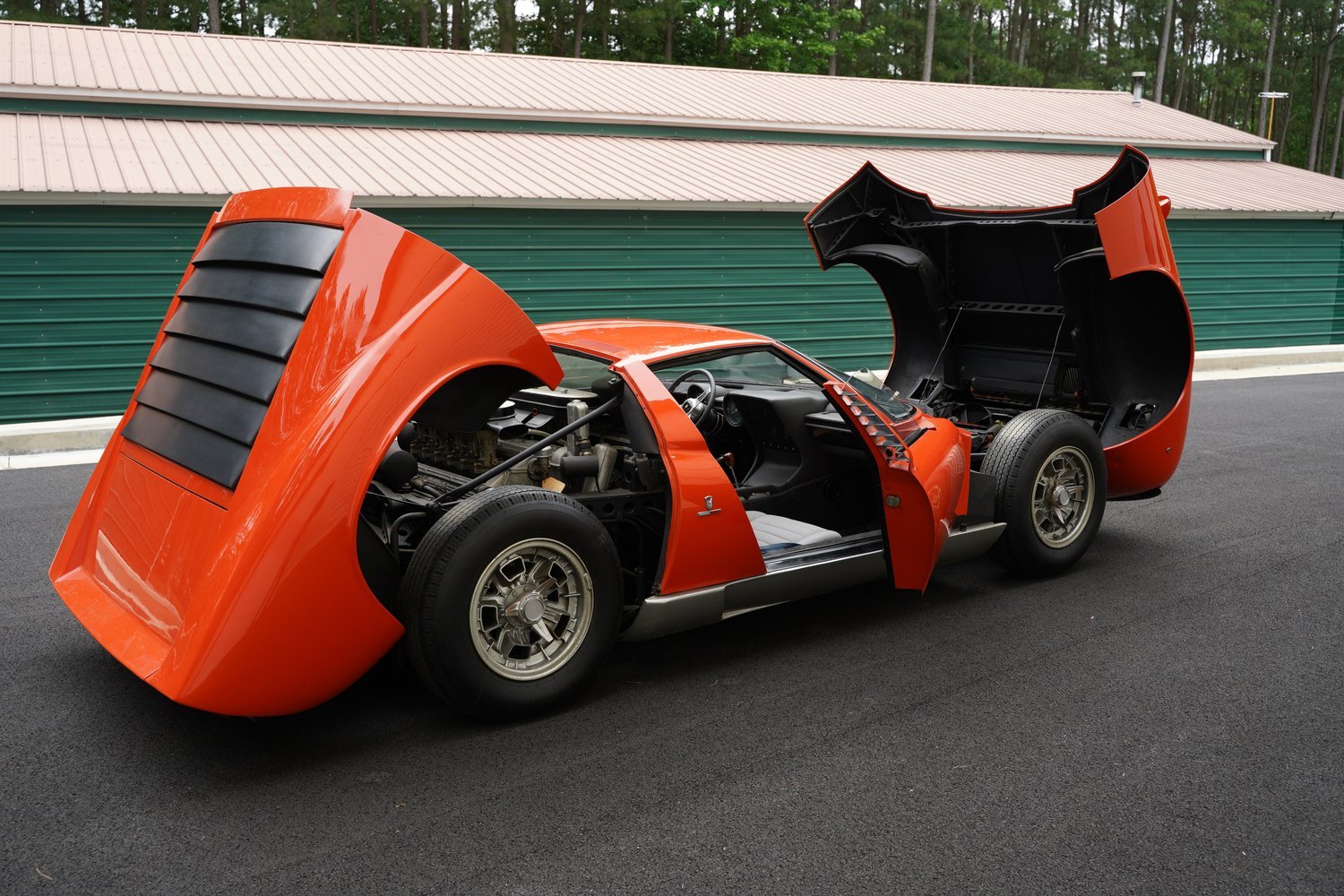
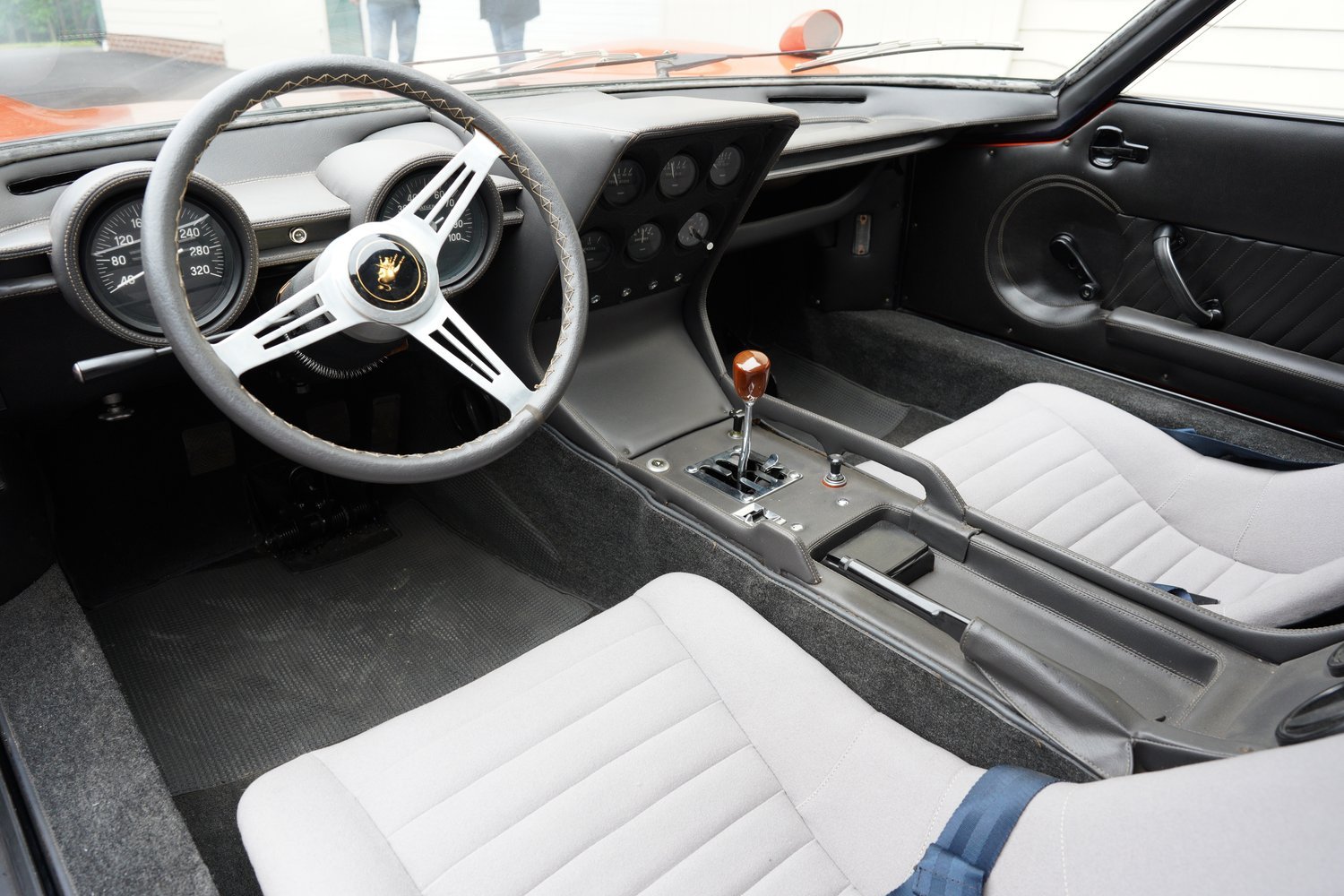

1st car to be called a Supercar by the press. Fastest car in the world when released.
Significant engineering advances with mid-engine + subtle design nods to bulls.
The name Miura is a fighting bull ranch in Seville, Spain.
Completely original, this perfectly preserved Miura was purchased new by Begovich in Rome in 1967. Through the years, Nick corresponded with the Lamborghini factory several times, saving all communications – and the car – until he passed away in 2020 at the age of 98. This is the only car ever shown in back-to-back AAM 2022 exhibitions Engineering + Design = Passion: The Nick Begovich Collection, and What's the SUPER in Supercars?
The Lamborghini Miura is one of the most important cars built in the 1960s and is certainly one of our favorites here at Audrain. The Miura is a timeless design just as beautiful to look at as it is to drive. Upon its release in 1967, it instantly reimagined what was possible in a supercar from both a design and mechanical perspective.
After World War II, Ferruccio Lamborghini founded a handful of successful businesses, including a tractor company. This allowed him to become wealthy enough to purchase a few sports cars, including a Ferrari. Ferruccio discovered imperfections in his Ferrari and decided to voice them to Enzo himself. Enzo was offended and stated that he wouldn’t take advice from a “tractor mechanic.” In anger, Ferruccio set out to build a sports car that was on par with Ferrari.
Only four short months after his spat with Enzo, Lamborghini released their first car at the 1963 Turin Auto Show, the 350GTV. People were impressed with the car and Lamborghini was able to sell 13 350s by the end of 1964. Pleased with the success of the 350, Ferruccio still wanted to create a car that would change the world.
At the 1966 Geneva Auto Show, Lamborghini unveiled the Miura, a sleek mid-engine supercar designed by Bertone. Lamborghini’s symbol is derived from Ferruccio’s Zodiac sign, Taurus, or bull, which led to Lamborghini’s design and engineering inspiration for years to come. The Miura name derives from the Spanish fighting bull from the lineage of the Miura Cattle Ranch in Seville, Spain Nearly all Lamborghini’s since used a bull-inspired name. When the doors of a Miura are opened, they resemble horns.
The Miura’s aluminum body allowed the car to be extremely aerodynamic and lightweight, weighing in at 2,848 lbs. Lamborghini decided to take the 4.0L Bizzarrini V12 from the front engine 400 GT and mount it transversely behind the driver for improved weight distribution. It produced over 350hp and was mated to a 5-speed gearbox that powered the rear wheels.
The first concept had a plexiglass screen that covered the engine but was replaced with stylish louvers to keep water out and improve engine heat exhaust. The air intakes on the side skirts of the car feed air into the rear brakes, whereas the air intakes behind the windows feed air into the four Weber carburetors. The doors, roof, and A-pillars of the car were made from steel for improved structural rigidity. The wheels were made from magnesium for strength and to reduce weight. The headlights of the car were derived from the Fiat 850 and the design featured its distinctive eyelashes, which were removed in later model years.
The Miura was a staple piece in Lamborghini’s history that allowed it to have global recognition as one of the greatest cars of the time. Today this follows, as Lamborghini has some of the most unique and bold designs in the supercar spectrum.
Specifications:
Configuration: Transverse Mid-Engine, Rear Wheel Drive
Engine: 4.0 Bizzarrini V12
Horsepower: 370 @ 7700 rpm
Torque: 279 ft lb @ 5500 rpm
Transmission: 5-speed Manual
0-60 MPH: 6.3 seconds
Top speed: 174 mph
Weight: 2848 lbs

